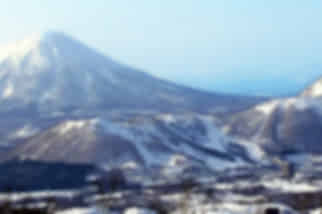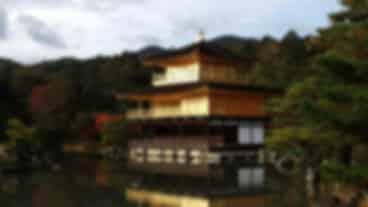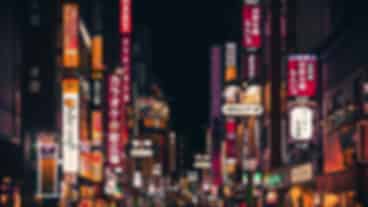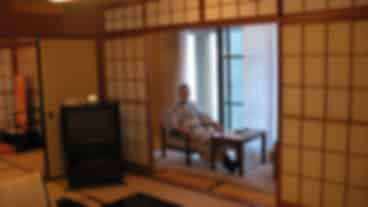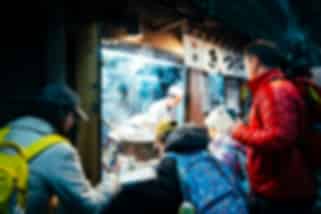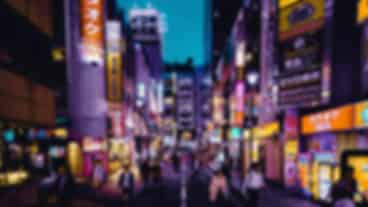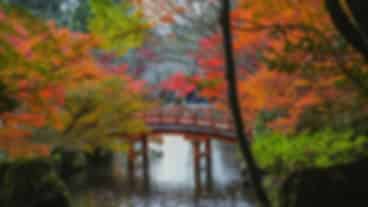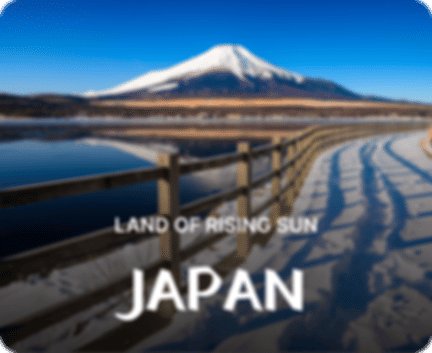Ultimate Mt. Fuji Tours & Beginner Climbing Tips 2025: Complete Guide for First-Timers
Author
Bhumika
Updated Date
October 7, 2025
Read
8 minutes
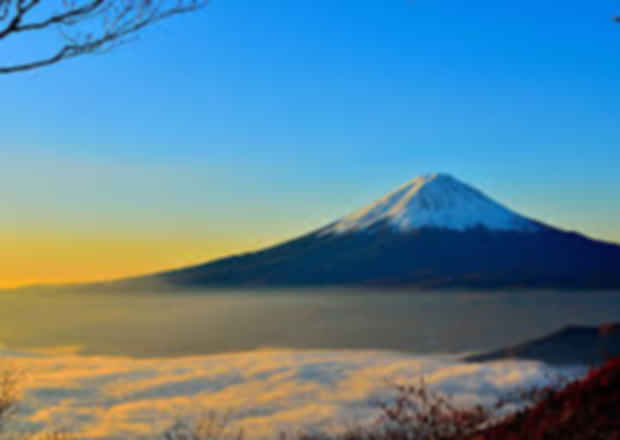
Why Mt. Fuji is Japan’s Must-Visit Mountain for First-Time Climbers
Why do travellers from around the world flock to Japan to climb just one mountain? Because Mt. Fuji Tours & Beginner Climbing Tips show this mountain isn’t just any peak. It’s an icon of nature, culture, and adventure, towering above clouds, lakes, and charming towns. Watching the sunrise on Mt. Fuji during your first-time climbing tour is an unforgettable highlight of any Japan tourism adventure. Serene lakes, colourful shrines, and local culture waiting to be explored. For first-timers, planning might feel tricky, but this guide will make your Mount Fuji adventure simple, safe, and unforgettable.
Best Time to Climb Mt. Fuji : Season, Weather & Crowds
Mt Fuji is not available throughout the year – the official climbing period begins in July and continues till the beginning of September. That’s when buses, mountain huts, and rescue services run. Outside these dates, climbing gets much more serious.
- July: The climbing season opens, and it’s also the best time to visit Japan’s Mt Fuji for climbing. It’s warmer at lower levels, but the summit is still shockingly cold for summer.
- August: This month brings crowds; the top can bring biting wind and cold regardless of summer heat in Tokyo.
- Early September: This month has fewer crowds but unfortunately has more risk of closed huts and storms.
Tip: Book as soon as the reservation window opens (usually late May), get written proof for huts and entry, and, yes, carry both digital and paper backups.
Mt. Fuji Climbing Rules: Permits, Fees & Daily Limits
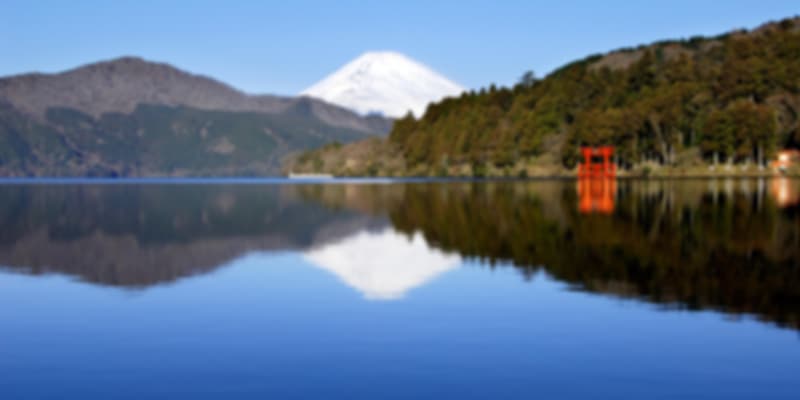
mount fuji from lake ashi
A cap of 4,000 daily climbers is strictly enforced for the Yoshida Trail only. The other three official trails currently have no daily limit, but pre-registration is still required. Each climber must pay a mandatory YEN 4,000/INR 2,400 fee on all four official trails (Yoshida, Subashiri, Gotemba, and Fujinomiya).
- Entry slots: The vast majority of slots are internet reservations. In the case of the Yoshida Trail, a reservation is required and can only be done online until 4,000 per day is reached. The trails in Shizuoka will require registration and digital evidence through the FUJI NAVI app, and walk-up slots cannot be guaranteed.
- Tour advantage: Many guided tours handle bookings for you, but always get written confirmation of hut stays and trail slots.
Choosing Your Mt. Fuji Route: Yoshida, Subashiri, Gotemba & Fujinomiya
| Route | Starting Point | Difficulty | Best For | Crowds |
| Yoshida Route | Kawaguchiko via Fuji Subaru Line (5th Station) | Moderate; many switchbacks, easy to follow | First-timers, sunrise seekers | Most popular; daily cap 4,000 climbers, entry fee YEN4,000/INR 2,400; book early |
| Subashiri Route | Subashiri 5th Station (East side) | Moderate; wooded first half, quieter | Climbers seeking a peaceful forested start | Less crowded than Yoshida, still busy on peak weekends; huts fill fast |
| Gotemba Route | Gotemba 5th Station (Lowest entry point) | Hard, steep, loose scree, long | Experienced climbers seeking solitude or challenge | Rarely crowded, guide recommended; very long for beginners |
| Fujinomiya Route | Fujinomiya 5th Station (South side) | Steep; short but challenging | Fit beginners or climbers with limited time | Popular for quick ascents; can fill fast |
Guided vs DIY Mt Fuji Tours: Which Option is Right for You
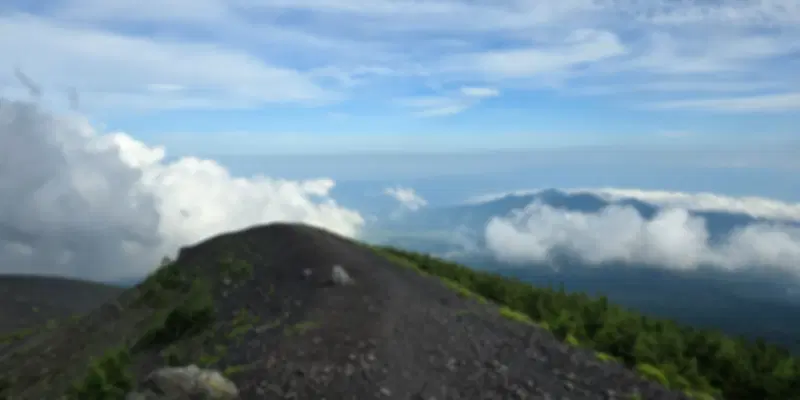
Deciding between a guided tour and going solo can shape your Fuji experience:
Guided Tours:
- Handle reservations, buses, pacing, and basic safety.
- Perfect for first-timers who want zero stress.
DIY Climb:
- Cheaper and flexible, but you’ll need to book huts, entry, and transport yourself.
- Must navigate Japanese-language booking platforms.
Tip: Don’t rely on verbal confirmations. With caps and fees, written proof for huts and trail slots is essential.
Mt. Fuji Summit Day Guide: From Afternoon Arrival to Sunrise Descent
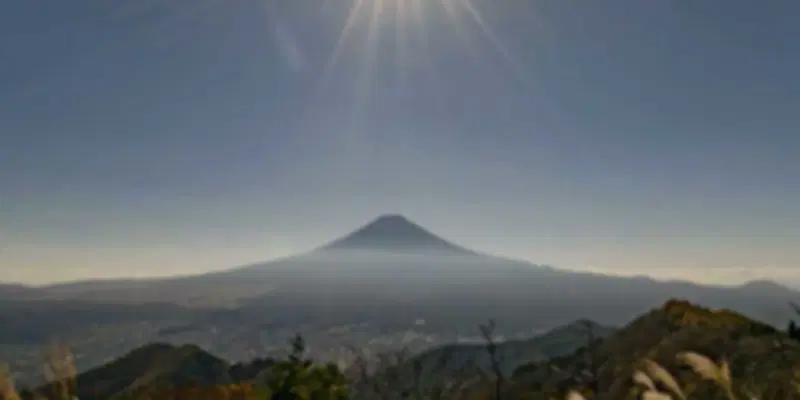
- Afternoon Arrival: Register and make a short hike to your 5th station hut. In case you are not tired, you can visit the local roads or the Fuji Five Lakes region, which is among the best things to do in Japan, to see breathtaking sites and explore the localities.
- Evening Rest: have a light dinner, lie down on the community bunks, and have as much early rest as you can.
- Midnight Start: Buckle up your headlamp and start the climb in silence, pacing yourself and keeping hydrated.
- Dawn at the Summit: Reach the summit in time to watch the sunrise and enjoy the stunning scenery – it is all worth the climb.
- Morning Descent: Walk slowly downward; your knees will often tell more of going up than of coming down.
Japan travel tips: Altitude Sickness, Emergencies & Hut Tips
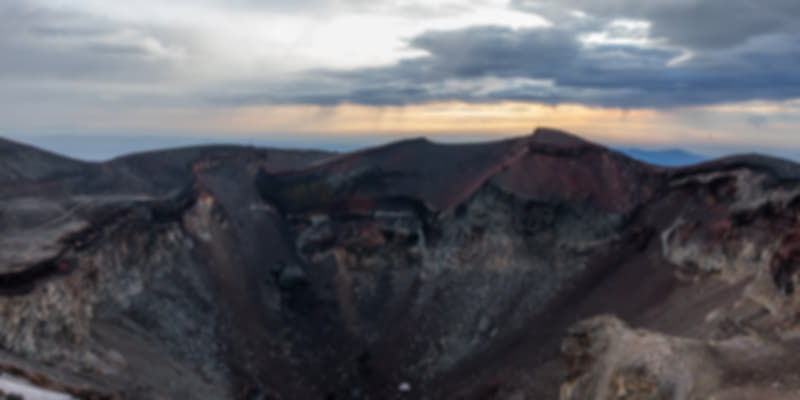
- On Altitude Sickness: Climbing nearly 3,800 metres in a day or two can leave you woozy or sick. Watch for the first symptoms – headache, nausea, and dizziness – and slow down if they appear. Drink more water, skip alcohol, and spend an hour or two lingering at an intermediate hut if you feel off. If vomiting, head pressure, or confusion worsen, stop immediately.
- Emergency: Know the core numbers: police – 110, ambulance/fire – 119. Your travel insurance should cover helicopter rescue; they do happen, and they’re not cheap. It’s worth checking with your insurer for specifics. Always keep printed reservation proof; showing you have a slot sometimes it helps in an emergency.
- Mountain Hut Reality Check: Don’t expect luxury here; huts mean shared bunks, basic meals, and communal bathrooms. The best way to sleep is by putting on earplugs and an eye mask. Check what’s included, blankets, meals, and rules, before you go. Cancellation terms are not always friendly.
- Getting to the Trailhead: Major access points are through the Fuji Subaru Line (for Yoshida) and Fujinomiya buses/trains. Timetables shift with the season, and the last drop bus can leave surprisingly early.
- Staying in Touch on the Mountain: Consider that mobile coverage is limited, and your battery life will be short in the cold. Always carry a power bank; if you cannot lose contact, look into renting a satellite messenger.
Essential Packing Checklist for Mt Fuji Climbers: Gear, Clothing & Safety
- Clothing Essentials: Be smart and layer with breathable undergarments, a warm-up middle layer and a windproof, waterproof outer garment. Do not leave out a warm hat, gloves, more socks and a neck gaiter.
- Footwear & Gear: It will need tough, well-worn boots with ankle support. Trekking poles are supportive to your knees, and a foldable sit pad is useful on cold hut benches.
- Rain and Light: You must always carry a good rain jacket or rain pants, or poncho. Carry a headlamp with spare batteries and a phone power bank; devices can just crash at any time.
- Food & Hydration: Bring 1-2 litres of water and high-energy foods such as nuts, bars and candy. It is important to remain fuelled both during the climb and for your safety.
- First Aid/Hygiene: Little first aid, such as blister tape and personal medicine, hand sanitiser and toilet paper. There are huts which demand extra supplies, hence preparedness. (YEN 200 / INR 150)
- Money & Documents: Come with little cash and carry along all the reservation printouts (hut, trail entry, transport). Check the hut policy and meal, and accommodation policies to prevent unexpected situations. (Cost: YEN1,500–YEN3,000 / INR 1,100–2,200 per meal)
Japan Holiday Package Starting @ ₹69,000
Top Photo & Scenic Spots on Mt Fuji Tours in Japan
- View the sunrise at the summit of the Yoshida Route and get a magnificent beginning to your day.
- The golden light cast on Mount Fuji gives you the ideal morning shot to add to your memory.
- Explore the wooded trails of Subashiri, where there is calm nature and very peaceful roads.
- Gotemba offers some of the most impressive scenery, making it one of the best destinations to visit in Japan.
Conclusion: Safe, Scenic & Stress-Free Mt. Fuji Climb
For an unforgettable adventure, Mt Fuji Tours & Beginner Climbing Tips ensures first-time climbers experience safety, scenic sunrise views, and smooth planning. From guided tours to essential gear and permit awareness, this complete guide prepares you for every step. By following step by step, your Mount Fuji climb will be stress-free, memorable, and perfect for capturing Japan’s natural beauty and cultural charm. For an unforgettable experience! Pickyourtrail is here for you. Plan your trip hassle-free and book your personalised Japan tour packages now.
FAQs
1. What is the best time to climb Mt. Fuji for first-time climbers ?
July to early September is ideal for first-timers seeking safe and scenic climbs.
2. Which Mt. Fuji climbing route is best for beginners tours?
The Yoshida Route offers moderate difficulty, clear trails, and stunning sunrise views.
3. Should I join a guided tour or climb solo?
Guided tours simplify reservations, pacing, and safety for first-time climbers.
4. What essential gear should I pack?
Layered clothing, sturdy boots, trekking poles, rain protection, and hydration essentials.
5. Are permits or fees required?
Yes, the main trails charge YEN 4,000 (INR 2,400) per climber and enforce daily climber limits.
Recommended articles for you
Discover Packages


Need help in planning?
Talk to our Travel Experts



